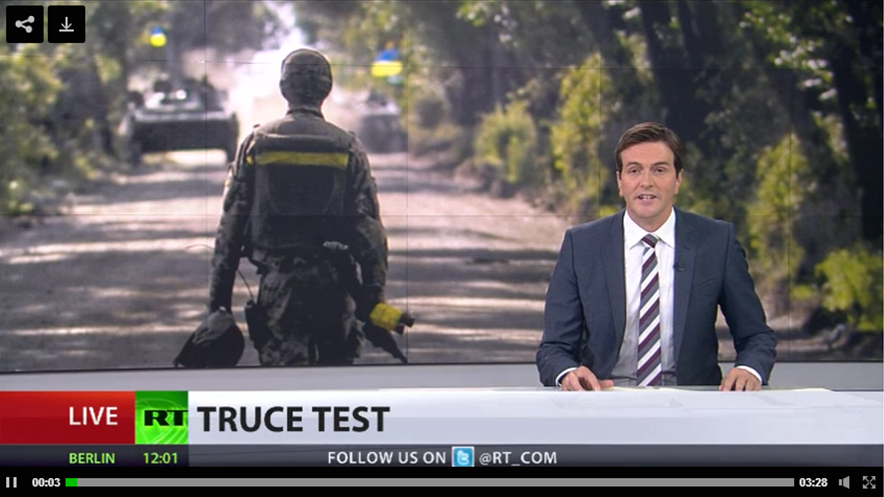The Friday 5
What We’re Reading: Freelancing for Disinformation, How (Not) to Pitch, #ElectionWatchdog
|
For this week’s Friday 5, where GIJN rounds up key reads around the world, we found stories about freelancers commissioned to write for a massive Russian-backed disinformation campaign, how to (not) get your pitch read by an editor, and a guide for reporting on US elections.








